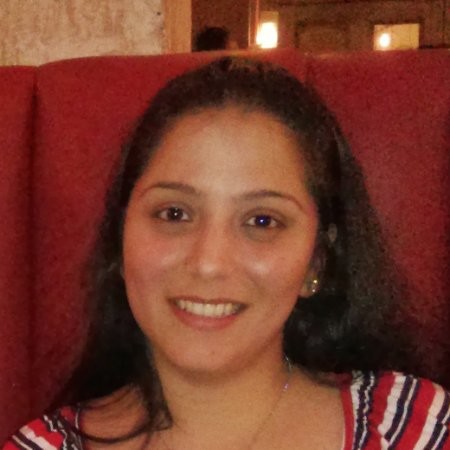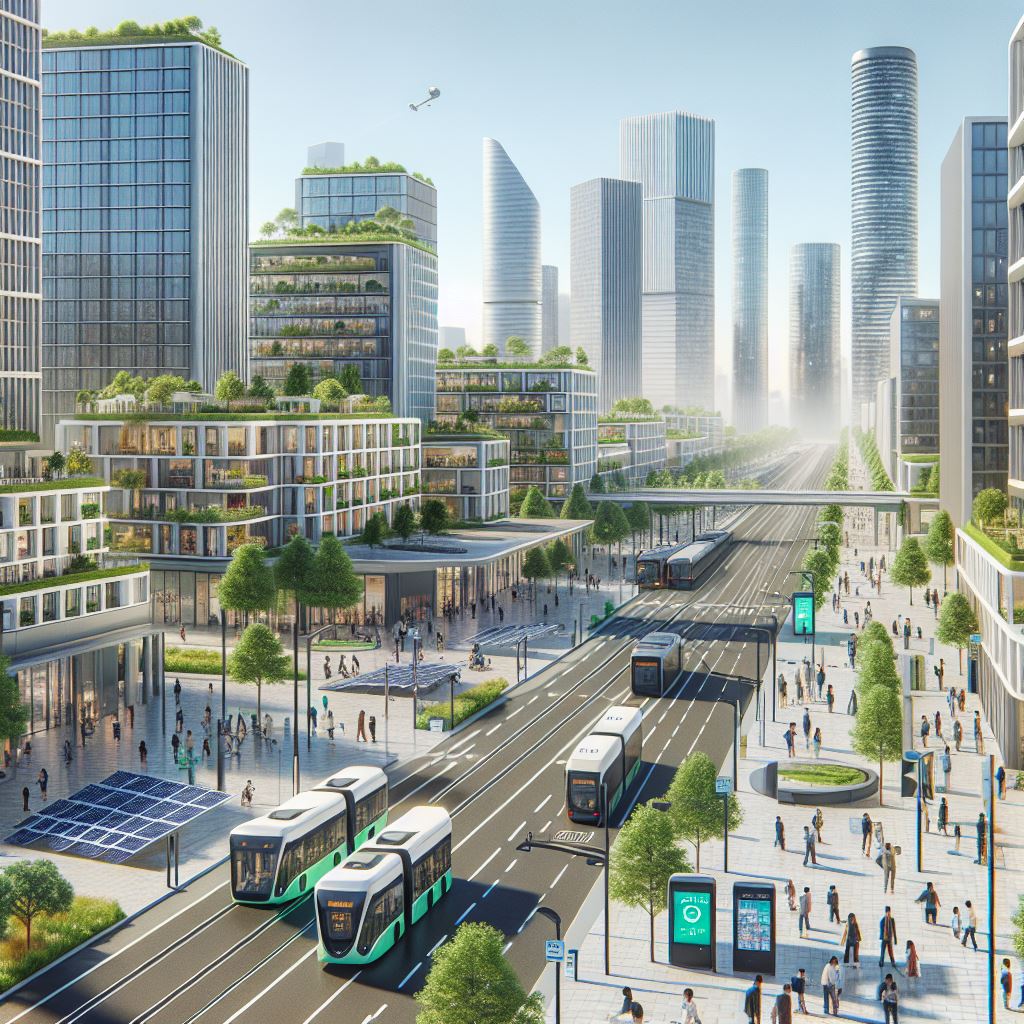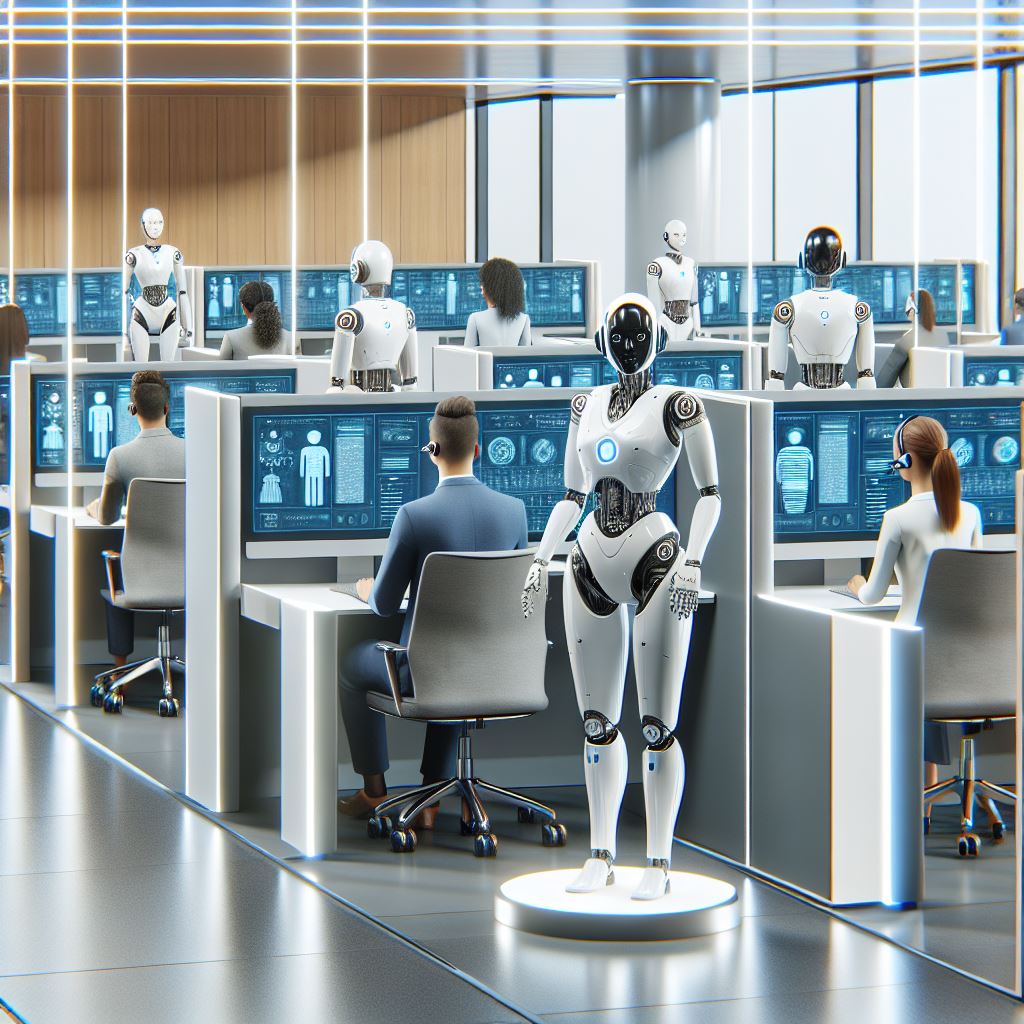The gallery was buzzing with conversation as attendees moved from piece to piece, admiring the vibrant portraits that seemed to capture something ineffably human. In the center of the room stood Maya, the artist behind the exhibition, fielding questions about her creative process. What many visitors didn't initially realize was that Maya hadn't painted these works in the traditional sense—she had collaborated with an AI system she'd spent months training and fine-tuning, guiding it to help express her artistic vision in ways she couldn't have achieved alone.
"I don't see AI as replacing artists," Maya explained to the curious crowd. "I see it as a new kind of brush—one that sometimes has ideas of its own."
Welcome to the age of generative AI, where machines aren't just analyzing art but creating it, challenging our fundamental understanding of creativity and opening new frontiers for human-machine collaboration.
The Creative Machines
For most of computing history, we've understood computers as tools that follow explicit instructions—powerful but fundamentally limited by the specificity of their programming. Generative AI represents a profound shift in this paradigm. These systems can create original content—images, music, text, code, and more—that wasn't explicitly programmed into them.
"What makes generative AI revolutionary is that it's not just mimicking or remixing existing works," explains Dr. Elena Rodriguez, AI researcher at the Creative Technologies Institute. "These systems have developed a kind of understanding of the underlying patterns and structures in their training data, allowing them to generate entirely new content that follows those patterns."
The technology behind this revolution includes several approaches, from the Generative Adversarial Networks (GANs) that pitted two AI systems against each other to create increasingly realistic outputs, to the diffusion models that gradually transform random noise into coherent images, to the transformer architectures that power today's most advanced language models.
From Pixels to Masterpieces
The visual arts have perhaps seen the most dramatic impact from generative AI. Systems like DALL-E, Midjourney, and Stable Diffusion can create images from text descriptions, translating words like "a surrealist painting of a cat wearing a space helmet in the style of Salvador Dali" into striking visual compositions in seconds.
Professional illustrator James Chen has incorporated these tools into his commercial workflow. "For concept art, I can explore dozens of directions in minutes instead of days," he explains. "I still create the final illustrations myself, but AI helps me quickly visualize options and experiment with styles I might not have considered."
The fashion industry has also embraced these tools. Designer Sophia Mendez used generative AI to create patterns for her latest collection, feeding the system images of cellular structures and art deco architecture to develop unique textile designs that would have been difficult to conceive through traditional methods.
"The AI doesn't replace the designer's eye," Mendez notes. "I still had to curate the outputs, refine them, and understand how they would work on actual fabrics. But it allowed me to explore a combinatorial creativity that feels genuinely new."
The Sound of Algorithms
Music composition has proven equally fertile ground for generative AI. Systems like OpenAI's Jukebox and Google's MusicLM can generate original compositions in specific genres, complete with synthesized vocals and instrumental arrangements.
Composer Thomas Wright has been experimenting with these tools for film scoring. "I can generate dozens of musical sketches based on emotional prompts or visual references from the film," he says. "It's not about replacing composition but expanding the palette of possibilities. I still arrange, orchestrate, and refine everything, but the AI helps me break through creative blocks and explore directions I might not have considered."
Some musicians are going further, creating performances where they improvise alongside AI systems in real-time. Jazz pianist Eliza Montgomery performs concerts where her playing influences an AI that generates complementary parts, creating a dynamic interplay between human and machine creativity.
"It's like having a duet partner with a completely different perspective," Montgomery explains. "Sometimes it follows my lead, sometimes it takes the music in unexpected directions that inspire me to respond in new ways. The audience never knows exactly what will happen, which creates this electric atmosphere."
Words and Code
Text generation has perhaps the widest range of applications, from creative writing to functional documentation. Journalists are using AI to draft initial versions of data-heavy stories, marketers are generating variations of ad copy for testing, and authors are using these tools to overcome writer's block or explore alternative narrative approaches.
Novelist Richard Park used AI as a creative partner for his latest mystery novel. "I didn't use it to write the book for me," he clarifies. "But when I was stuck on how a particular character might respond in a scene, I could generate several possibilities based on their established personality. It was like having a writers' room in my computer, offering different perspectives on my own characters."
In software development, generative AI is transforming how code is written. Systems like GitHub Copilot can suggest code completions or even entire functions based on comments describing what the developer wants to accomplish.
"It's like having a junior developer who works at the speed of thought," says software engineer Priya Sharma. "For routine tasks or standard patterns, I can describe what I need in a comment, and the AI will suggest an implementation. I still need to review everything carefully, but it eliminates a lot of the boilerplate coding that used to consume my time."
The Ethics of Machine Creativity
As generative AI becomes more powerful, it raises profound questions about authorship, originality, and the value of human creativity. When an AI system trained on millions of existing artworks creates something new, who deserves credit? The developers who built the system? The artists whose work formed the training data? The user who provided the prompt?
Legal systems worldwide are struggling to address these questions. Several lawsuits have been filed by artists who claim their copyrighted works were used without permission to train AI systems. Meanwhile, the U.S. Copyright Office has issued preliminary guidance suggesting that AI-generated works without significant human creative input may not be eligible for copyright protection.
Beyond legal concerns, there are deeper philosophical questions about the nature of creativity itself. "We've traditionally seen creativity as a uniquely human capacity," notes Dr. Rodriguez. "These systems are forcing us to reconsider what creativity means and whether it requires consciousness or intent, or if it can emerge from statistical patterns in data."
The Collaborative Future
Despite these challenges, most experts see the future of generative AI not as a replacement for human creativity but as a new kind of collaborative relationship between humans and machines.
"The most exciting applications aren't about AI creating finished works autonomously," says digital artist Marcus Wong. "They're about new kinds of human-AI collaboration, where the technology amplifies human creativity rather than replacing it."
This collaborative approach is evident in emerging tools that give users more precise control over the generative process. Rather than simply entering a text prompt and hoping for the best, these systems allow for iterative refinement, selective editing, and fine-grained control over different elements of the generation process.
"We're moving from generative AI as a black box to generative AI as a sophisticated creative partner," explains Dr. Rodriguez. "The future isn't AI art or human art—it's a new kind of collaborative creativity that combines the strengths of both."
Key Takeaways
1. Focus on Augmentation, Not Replacement
The most successful applications of generative AI augment human creativity rather than attempting to replace it. When implementing these technologies, focus on how they can enhance your creative process, overcome blocks, or explore new possibilities rather than generating finished products autonomously.
2. Understand the Importance of Prompting
The art of crafting effective prompts is crucial for getting useful results from generative AI. Develop specific, detailed prompts that clearly communicate your intent, and be prepared to iterate. Keep a library of successful prompts that you can modify for different projects.
3. Implement Human Curation
Generative systems typically produce multiple options of varying quality. Develop a systematic approach to evaluating and selecting outputs, and remember that the human curatorial eye remains essential. The ability to recognize which AI-generated content has value is becoming a crucial skill across creative industries.
4. Consider Ethical Implications
Before implementing generative AI in your creative workflow, consider the ethical implications. Be transparent about AI usage in client work, respect copyright concerns, and think carefully about how to properly attribute work created through human-AI collaboration.
5. Develop a Collaborative Mindset
Approach generative AI as a creative partner rather than a tool. This means being open to unexpected suggestions, allowing the technology to influence your creative direction, and developing workflows that leverage the complementary strengths of human and machine creativity.
As generative AI continues to evolve, we're witnessing the emergence of a new creative paradigm—one where the boundary between human and machine creativity becomes increasingly fluid. For artists, designers, musicians, writers, and creators of all kinds, these technologies offer not just new tools but new ways of thinking about the creative process itself. The question is no longer whether machines can be creative, but how their creativity can interact with our own to create something greater than either could achieve alone.




